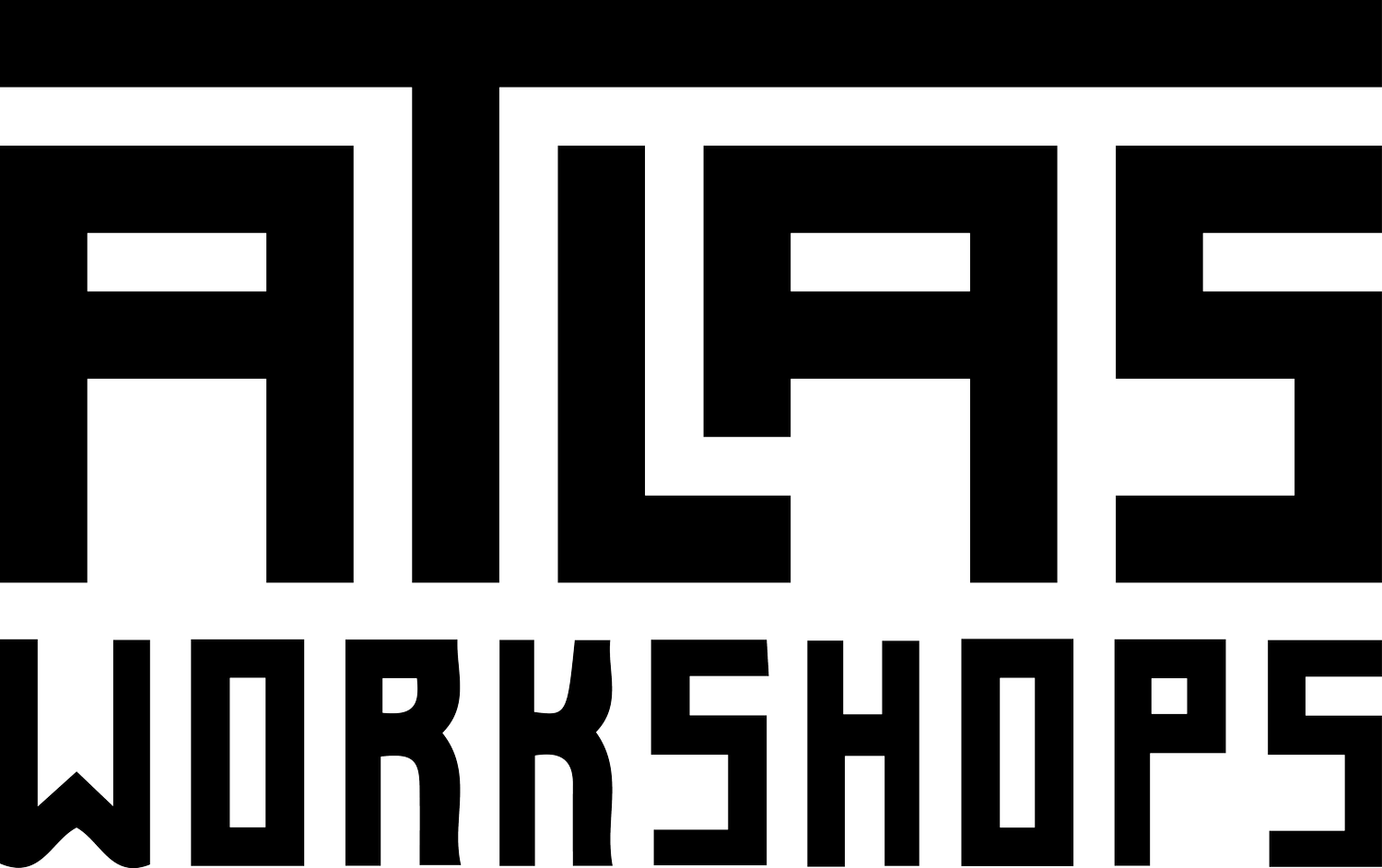Early Morning, Hampi
From the roof of the world
We all have those moments where everything seems to click—for a brief second the world pauses while we realize what we are most passionate about, or why we are here. My moment came in the early dawn chill, perched on the crumbling roof of an ancient Hindu temple—overlooking the boulder-strewn ruins of Hampi, in Karnataka, South India. I was leading a group of study-abroad students on a study tour, and had insisted we climb this hill to watch the sunrise. I’d led the group up the winding path of nearly a thousand stone steps, lit only by my unsteady headlamp, encouraging everyone (“We’re almost there! You can do it! This is going to be awesome!”) while secretly worrying: what if the sunrise from Matunga Hill wasn’t as dramatic as I remembered? What if it wasn’t worth the early morning climb? What if my students didn’t get it?
The path ends inside a stone temple, which has stood empty for centuries, and then a short staircase leads to a rooftop terrace. We emerged just as the dawn was giving cautious shape to the valley below. All around us, the outlines of other ruined temples began to appear, and we could hear the sounds of morning in the nearby villages: the clatter of dishes, dogs barking, babies crying, Hindu devotional hymns wafting up, warped by distance and decaying loudspeakers.
“How do you go back from this?” one of my students whispered. I wondered briefly if she was asking about the long climb down, until the group continued her line of thought. “How could you return to a regular classroom?” another student asked as he traced the valley’s outline with his hand. “How do we explain what we’ve seen, what we’ve learned?”
The group had been studying Hindu art and architecture, the march of dynasties across history, and the intersection of sacred geography, trade, and military might – and how these factors played out in the ancient Vijayanagara empire, now a UNESCO world-heritage site renowned for its well-preserved ruins. And now, as we watched the dawn open its secrets to us, everything we had been studying slowly came into focus.
Moving toward global
My first international trip without my parents was in my second year of college, when I signed myself up for service work in Masaya, Nicaragua with Bridges to Community. Upon my return to the US, I set about learning everything I could about Nicaragua’s ghosts and its people, its poetry and its politics, before returning several more times and eventually leading a group there.
Since then, I have continued to push my horizons. I’ve worked in many countries, from Bangladesh to Uganda. I lived for several years in South India. I studied international education and then worked for a study abroad program, because I believe that some of the most important work I can do is to open this world up to students—with its conflicting ideologies, contentious borders and vast unpopulated spaces, its histories and its legends, its devastating pollution and unexpected wonders.
This world is immense, and breathtaking, and it has been my privilege to travel through and work in much of it. Now, as we launch Atlas Workshops, I am thrilled to be able to design and lead workshops to give high school students (we work with colleges too!) access to geographic areas and ideas they may not otherwise encounter.
So, how do you go back from here?
The answer I gave to my student: You don’t go back. You keep moving forward, carrying with you your new understanding of the world, and all of the questions that knowledge raises.
– Jenny
